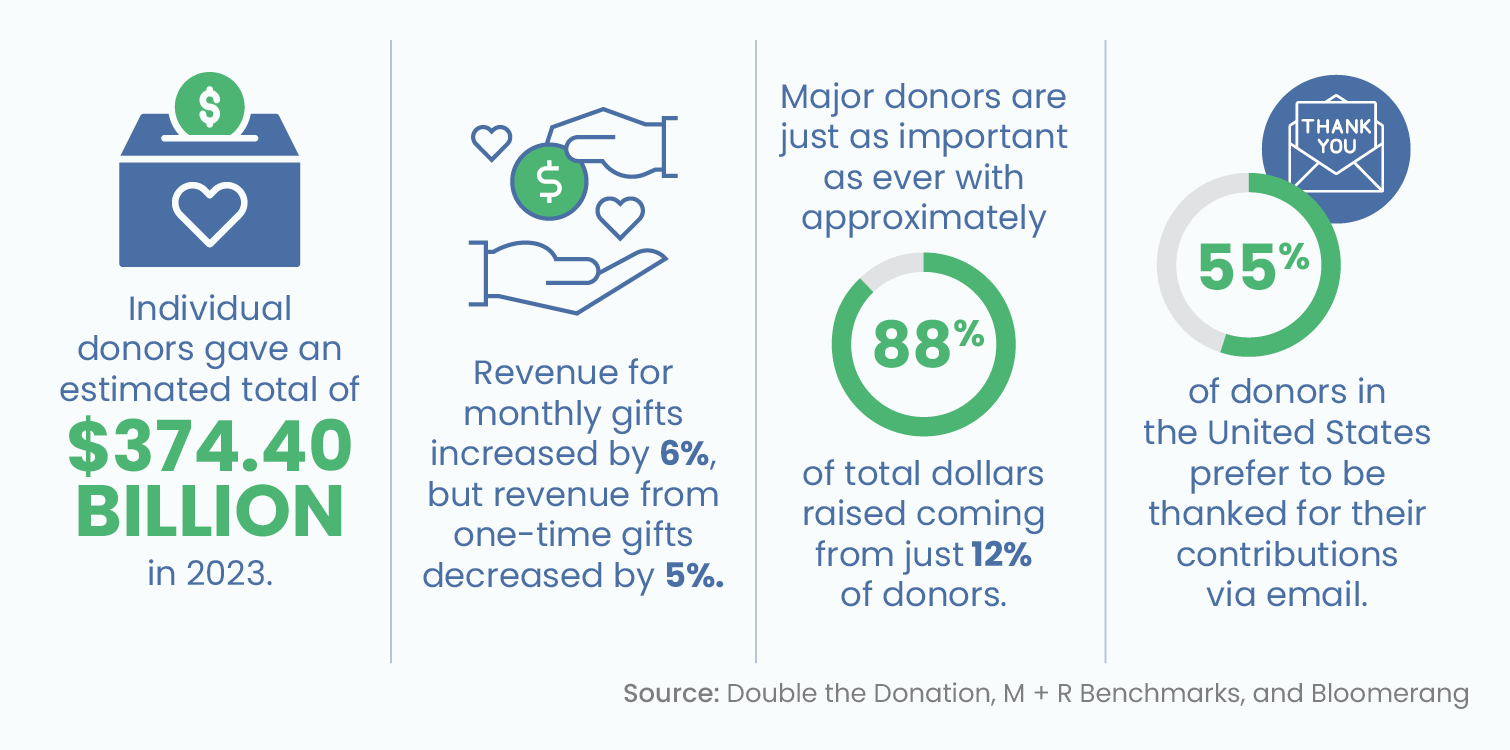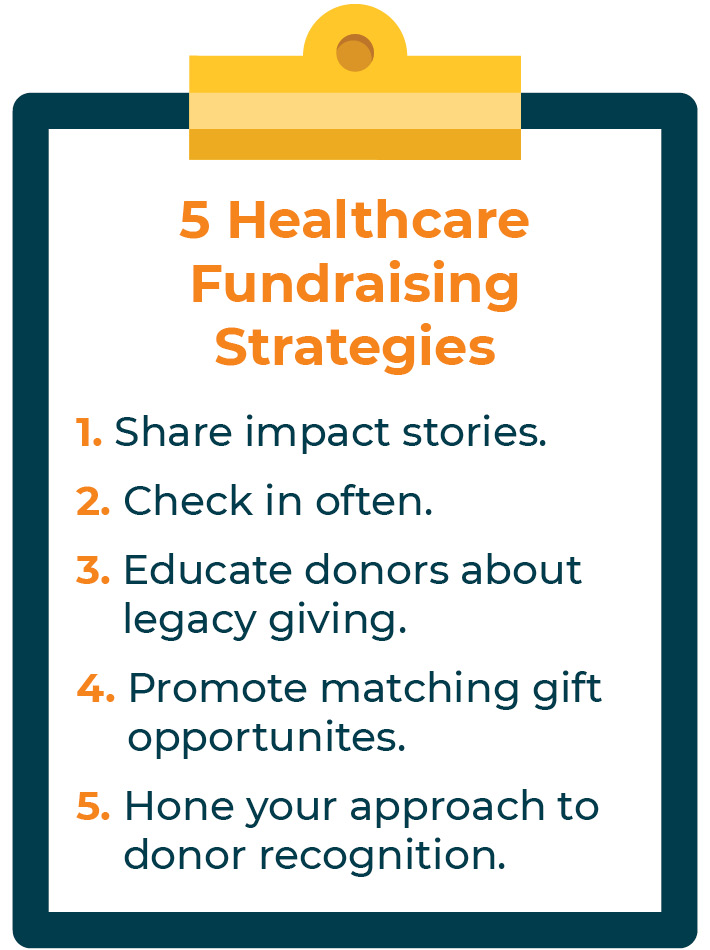The Duty of Community Involvement in Nonprofit Fundraising: Structure Lasting Relationships for Sustainable Assistance
Neighborhood engagement is increasingly recognized as a crucial part of successful nonprofit fundraising. By fostering authentic relationships with local stakeholders, companies can grow trust fund and loyalty, which are necessary for sustainable assistance. Nevertheless, the approaches and methods employed to engage communities vary extensively, increasing crucial concerns regarding performance and influence. What are the most effective methods for growing these important links, and just how can nonprofits measure their success in this sector? Comprehending these characteristics can considerably affect the future of fundraising initiatives and the total goal of nonprofit organizations.
Recognizing Area Involvement
Community engagement is a crucial part of effective not-for-profit fundraising initiatives. It refers to the strategies and tasks that companies use to connect with their local communities, promoting connections that are mutually valuable. Recognizing neighborhood interaction entails identifying its multifaceted nature, which includes cooperation, outreach, and participation. Nonprofits should determine crucial stakeholders-- such as neighborhood participants, regional organizations, and various other companies-- to develop reliable interaction methods.
Effective area interaction is predicated on energetic listening and responsiveness to the requirements and passions of the neighborhood. This process entails getting feedback, comprehending area dynamics, and guaranteeing that the organization's mission lines up with neighborhood priorities. Involving the community can take various forms, consisting of public meetings, volunteer chances, and partnership efforts, each developed to motivate involvement and investment in the company's objectives.
In addition, community involvement should be approached as an ongoing dialogue as opposed to a single initiative. By promoting a comprehensive environment where area voices are listened to and valued, nonprofits can construct a strong foundation for future fundraising undertakings. Ultimately, a deep understanding of community interaction encourages organizations to produce authentic links that enhance their general efficiency and sustainability.
Benefits of Strong Relationships
Strong relationships formed via neighborhood interaction return countless advantages for nonprofit fundraising efforts. Most importantly, these connections foster trust fund and trustworthiness, important elements in encouraging contributors to contribute. When possible fans see a not-for-profit proactively associated with their area, they are more probable to count on its mission and influence.

Additionally, these relationships promote efficient interaction. Nonprofits can utilize their connections to share stories of influence, updates, and needs, ensuring that fans remain enlightened and engaged. This open line of interaction not just strengthens bonds yet likewise encourages referral promo, broadening the not-for-profit's reach.
Finally, strong area connections can attract new companions and sponsors. Businesses and individuals are a lot more inclined to align with organizations that show meaningful neighborhood involvement, giving additional resources and assistance that can considerably boost fundraising capabilities. Therefore, growing durable relationships with area engagement is important to a not-for-profit's long-term fundraising success.
Approaches for Effective Interaction
Exactly how can nonprofits properly engage their neighborhoods to boost fundraising initiatives? Routine updates, engaging web content, and calls-to-action can galvanize neighborhood rate of interest and participation.
2nd, hosting community occasions, such as workshops, volunteer opportunities, or fundraising drives, helps with face-to-face interaction, enabling nonprofits to display their effect and efforts. These occasions not just raise funds yet likewise cultivate relationships and permit neighborhood members to involve directly with the cause.
Third, applying personalized interaction techniques can improve involvement. Tailoring messages to details contributor sections based on interests and previous contributions cultivates a sense of belonging and financial investment in the organization's mission.
Finally, producing partnerships with regional companies and community leaders can intensify outreach initiatives. Joint campaigns can improve exposure and reputation, showing a collective dedication to the community's health. By integrating these strategies, nonprofits can develop long-term partnerships that improve fundraising initiatives and drive lasting support.
Determining Engagement Success
While involving the area is crucial for successful not-for-profit fundraising, determining the performance of these engagement initiatives is equally vital. Developing clear metrics permits organizations to analyze exactly how well they are getting in touch with their audience and accomplishing their fundraising objectives. Key performance indicators (KPIs) such as benefactor retention rates, volunteer involvement degrees, and interaction on social networks systems offer concrete information for evaluation.

On a regular basis examining these metrics enables organizations to pivot their strategies when necessary, ensuring that area engagement continues to be aligned with their total objective. Additionally, sharing these outcomes with stakeholders fosters openness and builds trust fund, motivating more area involvement. Ultimately, a durable dimension framework not just educates future fundraising initiatives yet also enhances the partnership between the nonprofit and its supporters, laying the groundwork for lasting success.
Study in Neighborhood Effect
Countless instance studies highlight the profound effect that community engagement can have on not-for-profit fundraising success. One noteworthy example is the "Something to chew on" effort, where a local food financial institution partnered with institutions and services to host community dinners. These occasions not only raised funds however additionally fostered a feeling of belonging amongst participants, considerably increasing benefactor retention prices.
One more engaging instance is the "Eco-friendly Spaces Project," which entailed local homeowners in the revitalization of city parks. This initiative not only amassed financial backing from local organizations yet likewise cultivated a volunteer base that added to continuous upkeep and programs. The feeling of ownership and pride among area members converted into sustained contributions.
In the world of Learn More arts, the "Art for All" project efficiently engaged local artists and patrons to create collective art installations, causing boosted exposure and donations for a regional arts not-for-profit.
These examples highlight that when nonprofits focus on area participation, they can produce long-term partnerships that enhance fundraising initiatives, ensuring lasting support and cultivating a dynamic area society. Such cases demonstrate that community engagement is not just a strategy but a necessary column of not-for-profit success.
Final Thought
Finally, area involvement is indispensable to the success of not-for-profit fundraising efforts. By cultivating strong relationships with regional stakeholders, organizations boost depend on and integrity, causing enhanced benefactor retention and commitment. Implementing reliable involvement methods and measuring their effect guarantees that nonprofits can adjust and flourish. Eventually, a durable foundation of neighborhood support not only intensifies fundraising prospective but also cultivates a society of cooperation, important for achieving long-lasting organizational objectives and sustaining significant influence.
Nonprofits must determine vital stakeholders-- such as community members, regional businesses, and other companies-- to produce reliable involvement strategies.

In conclusion, neighborhood involvement is important to the success of not-for-profit fundraising initiatives.